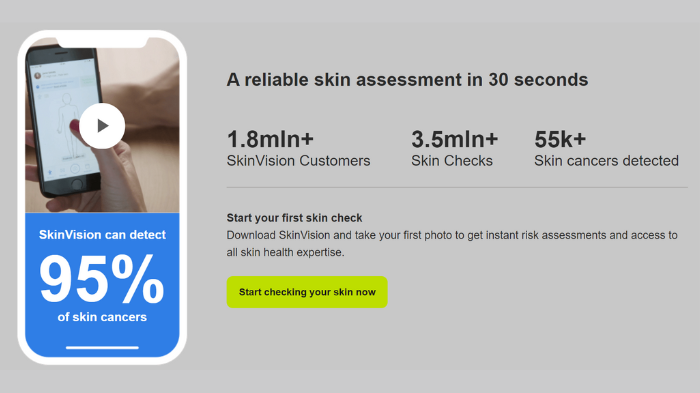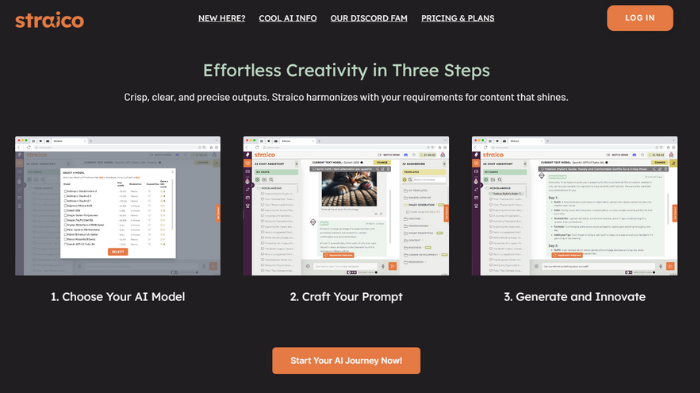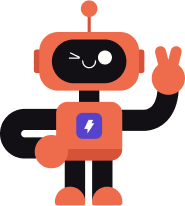
Venturing further into the digital age, artificial intelligence (AI) will continue to reshape our world. In 2024, AI technology will accelerate at a promising pace, impacting many industries in all sectors, from education and healthcare to cybersecurity.
We compiled six Artificial Intelligence trends that will most likely shape the landscape in 2024. These trends highlight the expanding influence of AI and its functions to transform various aspects of modern industries. Buckle up! Let’s explore further.
Table of Contents
ToggleAI-Driven Healthcare Innovations
AI tools are changing healthcare by improving systems for diagnosing diseases, personalizing treatments, and improving efficiency. This technology can identify and analyze medical data to find patterns and accurately predict health outcomes.
Doctors and healthcare workers can use AI-powered tools to detect diseases like cancer and heart problems early. AI also personalizes treatments by tailoring them to patients’ unique genetic information and health history.

Additionally, AI-powered robots assist in surgeries, making them more precise and reducing risks. These advancements improve patient care and make healthcare more efficient and accessible.
AI in Climate Science
AI also helps tackle one of the biggest challenges of our time: climate change. It is used to understand climate patterns and develop strategies to address climate issues.
Advanced AI models analyze data from sources like satellites and weather stations to more accurately predict future climate trends and extreme weather events. This information helps scientists and policymakers make better decisions about climate action.
Moreover, AI optimizes renewable energy by improving the efficiency of solar panels and wind turbines. It helps reduce carbon emissions by identifying and addressing sources of greenhouse gases in various industries.
Generative AI Expansion
Generative AI is already widely known as a tool for creating new content, such as text, images, music, and more. Advanced models, like GPT-4, can now produce very realistic and creative outputs that look or sound like they were made by humans.
This technology is used in many areas, such as creating digital art, writing stories, composing music, and designing virtual worlds for video games. In other words, it opens up new possibilities for creativity and innovation in many fields.

One of the most famous and newly launched AI generative tools is Straico. It can help with writing, brainstorming, and education. Meanwhile, other tools, such as DeepAI and Synthesia, are designed to produce visual content like explainer videos.
AI in Cybersecurity
AI is crucial in protecting digital information from cyber threats. AI systems can instantly analyze vast amounts of data to detect and report unusual patterns that might indicate a cyber attack, such as hacking attempts or malware.

These systems can identify and respond to threats much faster than human experts, often stopping attacks before they cause significant damage. AI also helps develop better security protocols and updates them regularly to counter new threats.
By automating many aspects of cybersecurity, AI is making digital environments safer and more secure. Many businesses can employ AI-powered cybersecurity systems to guard their customer data effectively.
Edge AI
Edge AI refers to running AI algorithms directly on devices like smartphones, cameras, and other IoT tools rather than relying only on centralized cloud servers. We can expect this technology to become more common this year.
By locally processing data on the device, edge AI reduces the time consumed to get results and improves data privacy (since data doesn’t need to be sent to the cloud). It also continues to work even without an internet connection.
This technology is especially useful for applications like real-time video analysis, voice over assistants, and smart home devices. Quick and reliable responses are essential for these devices to perform immediate actions.
Autonomous Systems
These systems are machines or devices that perform tasks on their own without human intervention. Examples include self-driving cars, drones, and robots. These systems use AI to understand their environment, make decisions, and take action accordingly.
For instance, self-driving cars can navigate roads, avoid obstacles, and follow traffic rules without a human driver. Drones can perform tasks like delivering packages or surveying land autonomously. Robots can assist in manufacturing, agriculture, and even healthcare.
These autonomous systems are transforming various industries by increasing efficiency, reducing costs, and improving safety. However, these advanced technologies come with a steep learning curve, so specific skills are required to operate them properly.
Wrapping Up
As we look ahead, it is clear that Artificial Intelligence (AI) will continue to drive innovation and transformation across various industries. The six trends we’ve highlighted are only some parts of AI potential.
It will continue to bring new opportunities, along with its challenges, demanding thoughtful consideration and responsible implementation. Businesses using AI tools should also stay informed for better and more efficient production.
Author Bio

Andre Oentoro is one of the co-founders of Milkwhale, an internationally acknowledged infographic production agency. He helps businesses increase visibility on.




